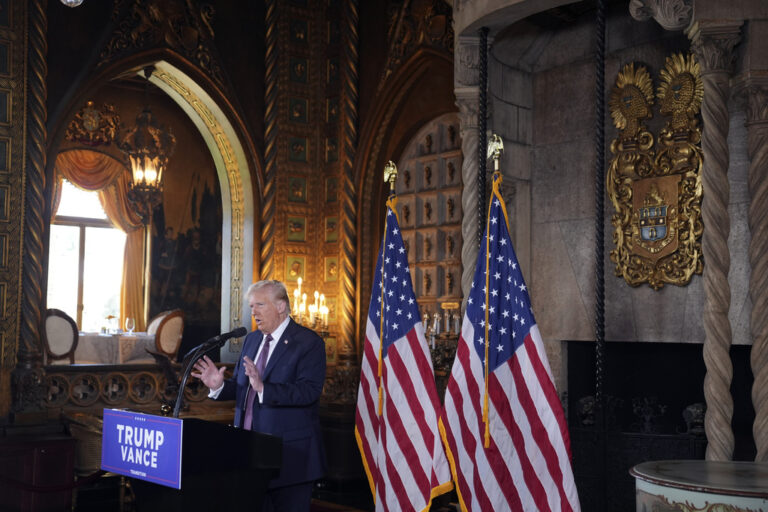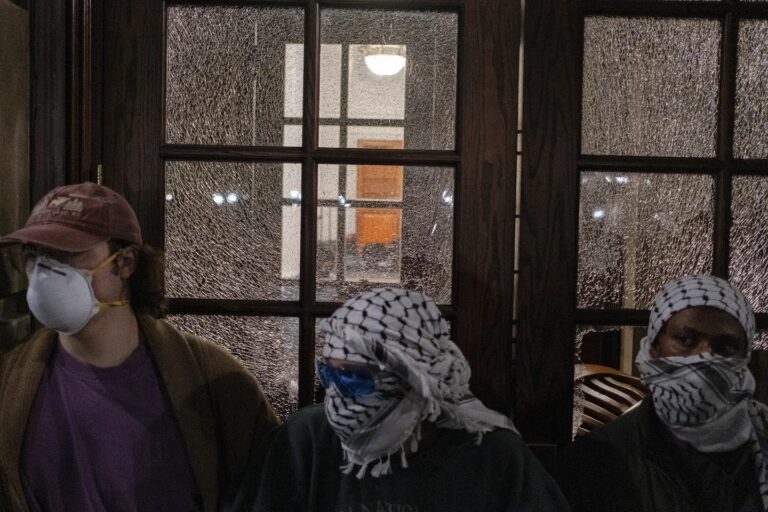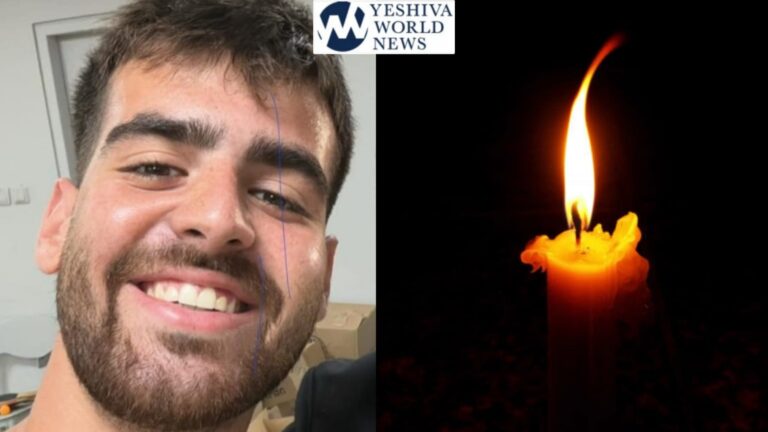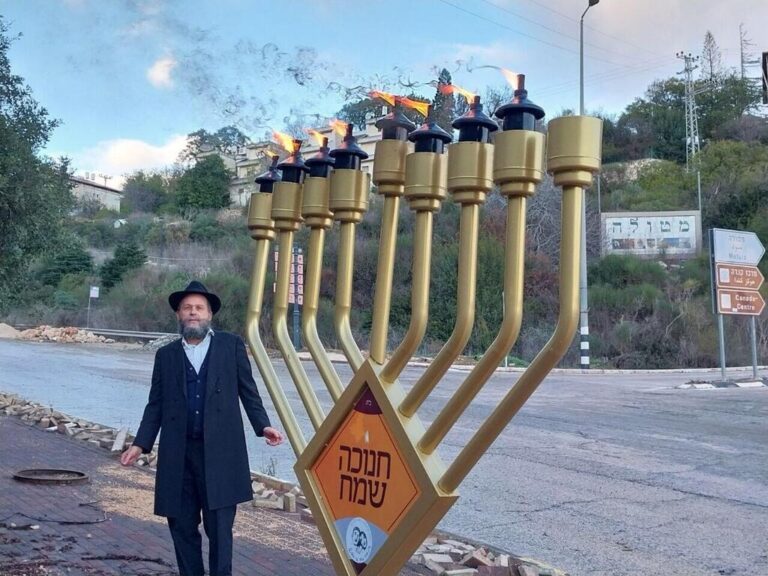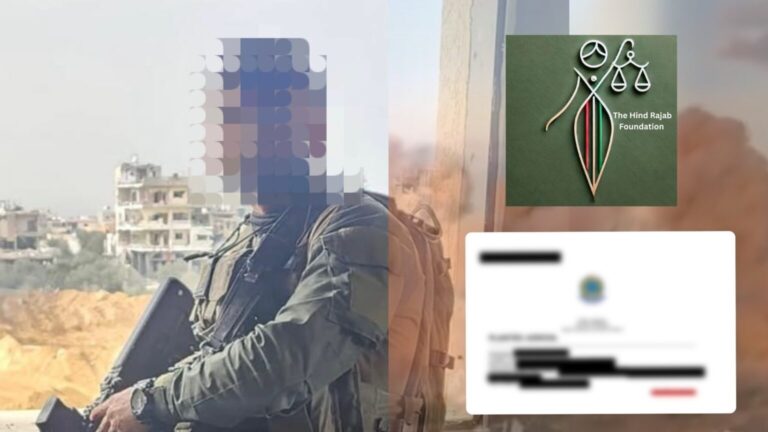By Rabbi Yair Hoffman for the Five Towns Jewish Times
Beloved. Loves. Shares the Pain of Others.
These three of the 48 manners in which to acquire Torah have a special Shavuos connection. The Torah, explains Rav Olshin, was given to the masses – the Klal – not to individuals. If you want Torah to remain with you to be niknais by you – you need to connect to the Klal. All this is from the Maharal and can be found on pages 108 and 109 of the latest volume of Yare’ach LaMoadim.
Yes, every so often, a Sefer comes along on a particular Yom Tov or topic that creates a strong demand for that Sefer on other Yomim Tovim.
The demand for Rav Yeruchem Olshin’s Sefer, Yare’ach LaMoadim on Sukkos and Pesach created a demand for a sefer on Shavuos. Rav Olshin shlita, is one of the four Roshei Yeshiva of Beis Midrash Gavoah in Lakewood.
The problem was that the remarkable editors of this fabulous series could not get out a full sefer in time. What they did do, however, was issue a kuntrus – not a full sefer.
Following its predecessors, the Sefer is divided into halachic/Talmudic sugyas as well machshava and ruchniyus. In this kuntrus there are seven topics to each of the two sections.
THE FIRST SECTION
The first topic in section one deals with delaying Maariv on Shavuos because of Temimus – a full 49 days. The second deals with the debate as to whether there is an additional Mitzvah and bracha of Sefirah for the Shemita and Yovel. Tosfos, the Raavad and the Rash MiShantz hold that there is even a bracha for it, while the Rambam holds there is not. The third deals with the two obligations of Sefira that Bais Din has. The fourth deals with counting in the daytime if one forgot to count at night. The fifth deals with the nature of the counting when it is done before night time (this is the one when the Rabbi counts early – a fascinating debate between the TaZ and other achronim). The sixth deals with a debate between Rav Chaim Volozhin and the first Lubavitcher Rebbe as to whether there exists a prohibition of “forgetting one’s Torah” in modern times. The seventh deals with the obligation of learning Torah one’s entire life and how that interacts with “v’asafta deganecha” and the prohibition of Greek wisdom.
THE SECOND SECTION
The second section deals with machshava, hashkafa and matters of Yiras Shamayim. The first topic deals with why Shavuos is named “Shavuos.” The second topic deals with accepting the Ol Torah and the special nature of Torah learning at night. The third topic deals with the Simcha that one feels during Shavuos. The fourth deals with the trees and other things judged on Shavuos. The fifth deals with the ideal of saying Chidushei Torah on Shavuos. The sixth deals with the Teshuvah element of Shavuos. The seventh deals with the Achdus and Ahavas Yisroel aspects of Shavuos.
Though short, it is a wonderful Kuntrus and will provide excellent material for growth this Shavuos. A big yasher koach to Rabbi Moshe Gruen and Rabbi Yaakov Londinsky and the others who worked very hard on producing this kuntrus. It also gives a taste of what will come next year, b’ezras Hashem.
The author can be reached at [email protected]
This article is dedicated for a complete and speedy refuah shleima for Shoshana Elka bas Ettl Dina, a former talmida and congregant of the author. Please have her in mind in your tefilos and tehillim.






